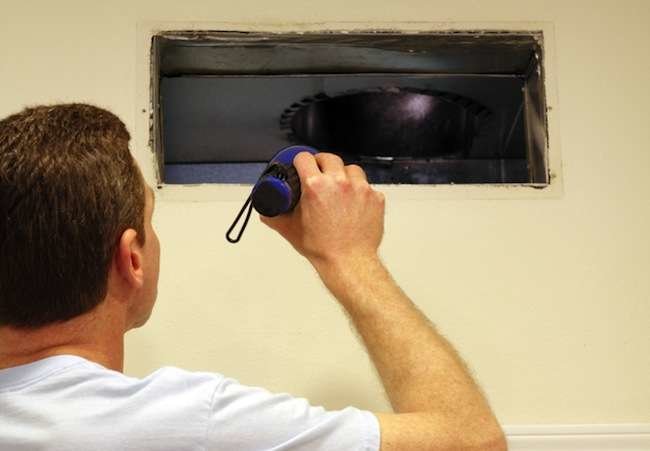

We may earn revenue from the products available on this page and participate in affiliate programs. Learn More ›
Home Advice You Can Trust
Tips, tricks & ideas for a better home and yard, delivered to your inbox daily.
Health Check Up
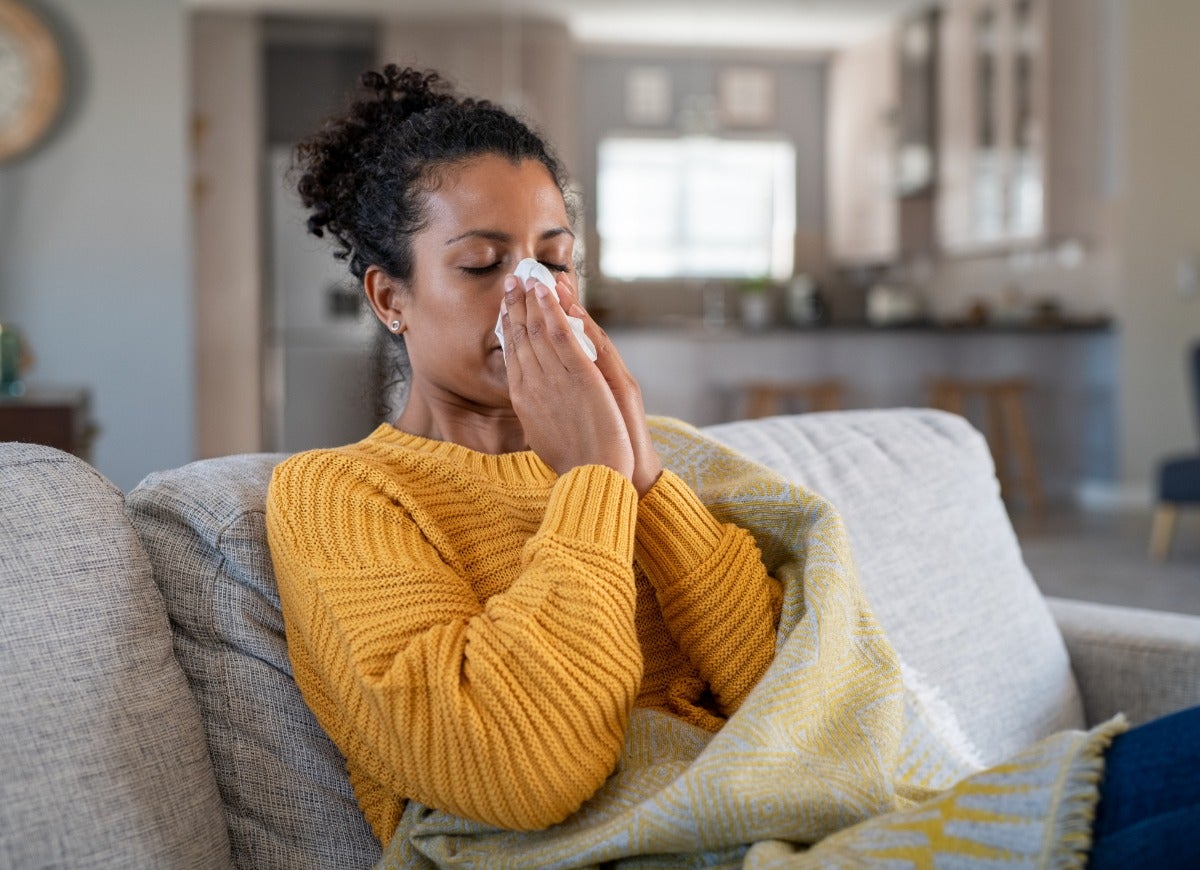
Indoor air quality is a huge contributing factor to health, and when 6 out of 10 homes and buildings are afflicted with Sick Building Syndrome (SBS), there’s a good chance you could “catch” something from your home.
If you experience symptoms like congestion, dizziness, skin rashes, headaches, or nausea—and if these symptoms go away within an hour or two after leaving a particular building—the cause could be sick building syndrome. Other, more serious health problems attributed to SBS include allergies, asthma, and chronic fatigue. To protect yourself from a multitude of pollutants, learn about aspects of your home that could be negatively impacting your health, and how to eliminate those risk factors.
Poor Air Quality
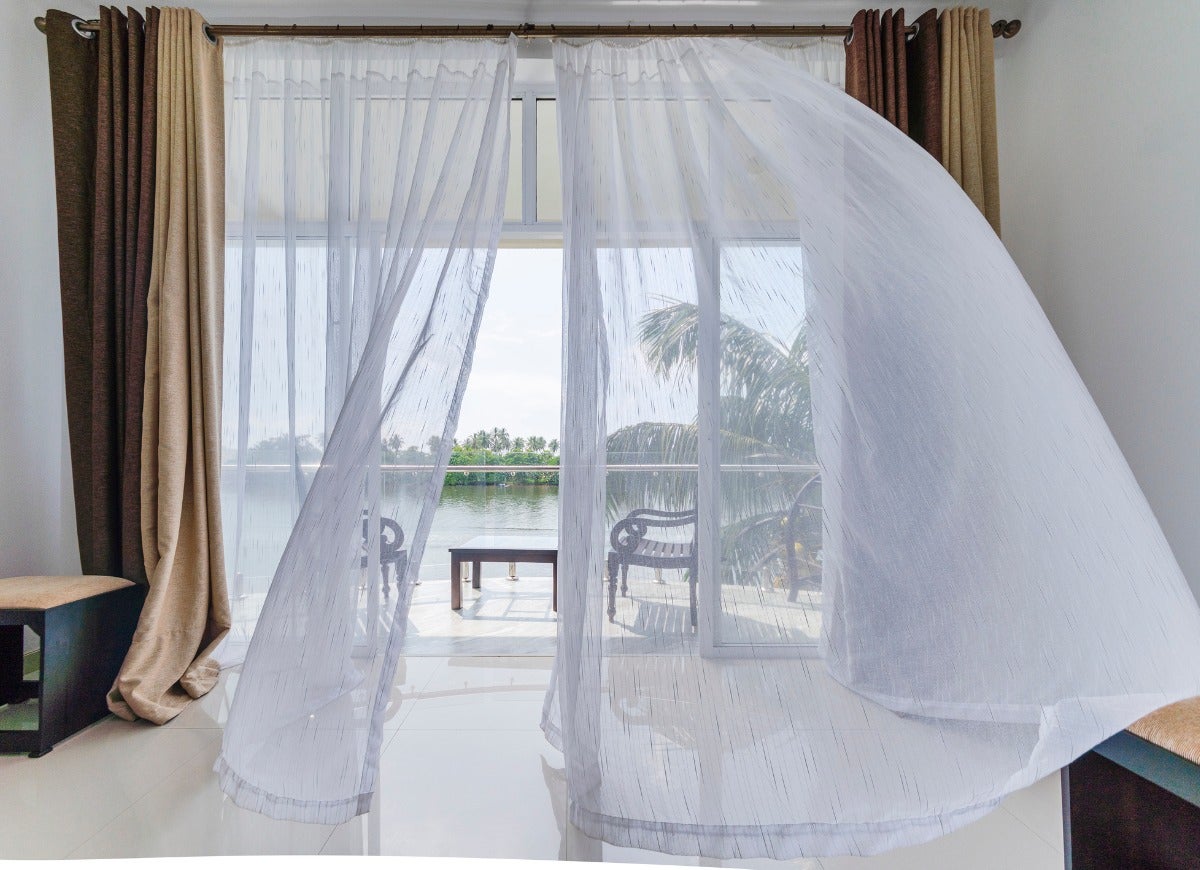
Did you know outdoor air quality is better than the average indoor air quality? Limited ventilation bottles up dangerous VOCs and other indoor pollutants. While today’s tightly insulated homes do a good job of conserving energy, they can also keep these dangerous toxins inside. When the weather’s fine, open the windows to air out your home. Make sure all your vents are open, clear, and obstruction-free to maintain the flow of air.
Indoor Pollutants
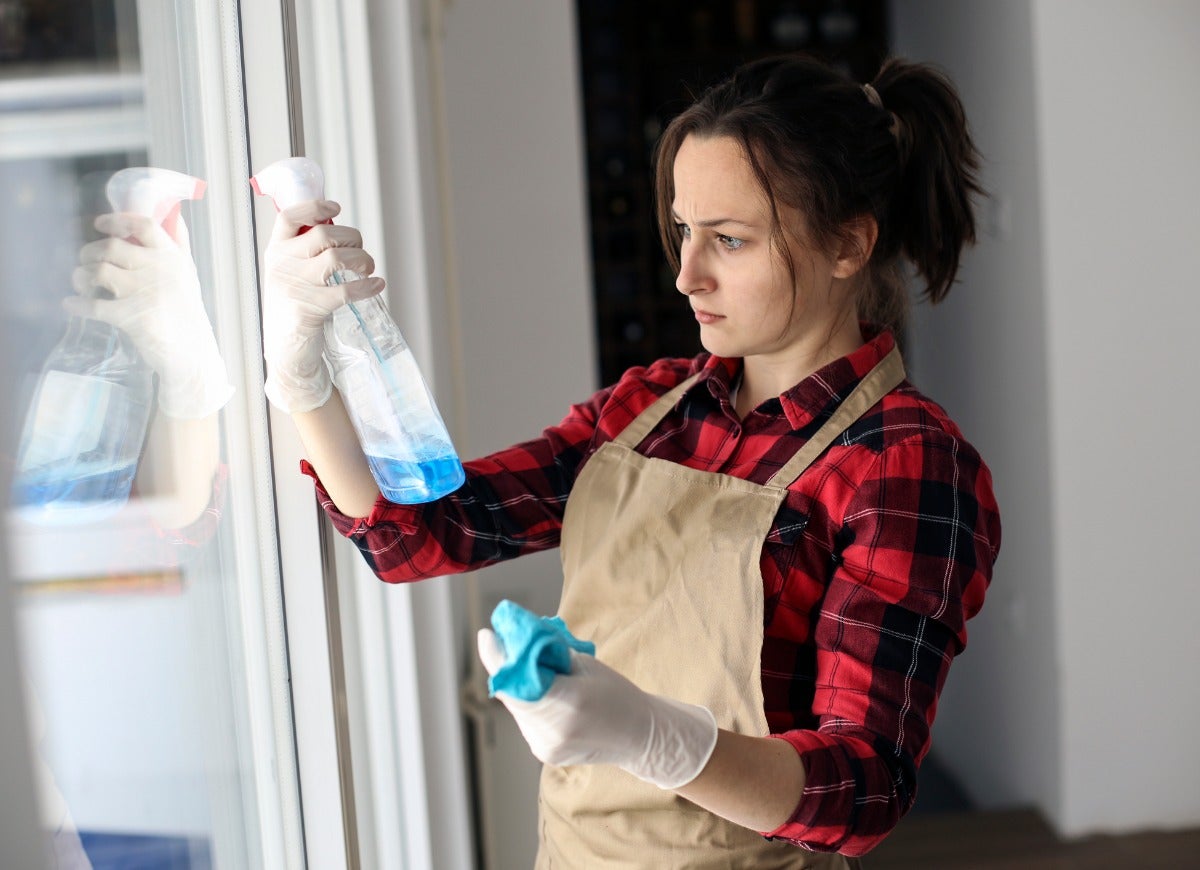
The sources of indoor air pollution are probably right under your nose. Formaldehyde and volatile organic compounds (VOCs) can hide in carpeting, upholstery, manufactured wood products, and even cleaning supplies. If you’re planning a renovation, check product labels to make sure you’re not bringing unnecessary toxins into your home.
Outdoor Toxins Are Seeping Inside
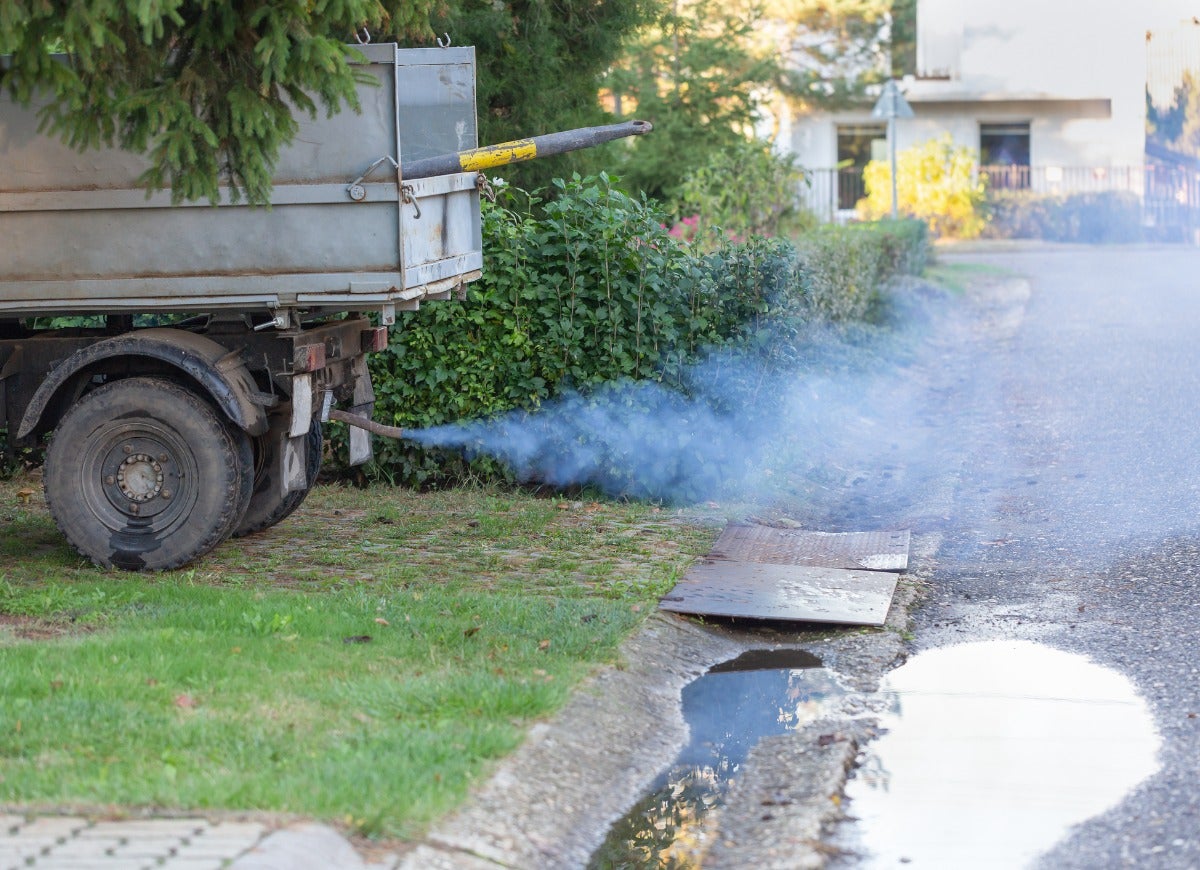
Not all of the outdoor air that enters a building is beneficial for air quality. For instance, motor vehicle exhaust or diesel fumes can enter your home through poorly located air intake vents, windows, and other openings, such as the garage. Make sure to properly seal off the garage, and install a carbon monoxide detector while you’re at it.
Science Experiments in Damp Zones
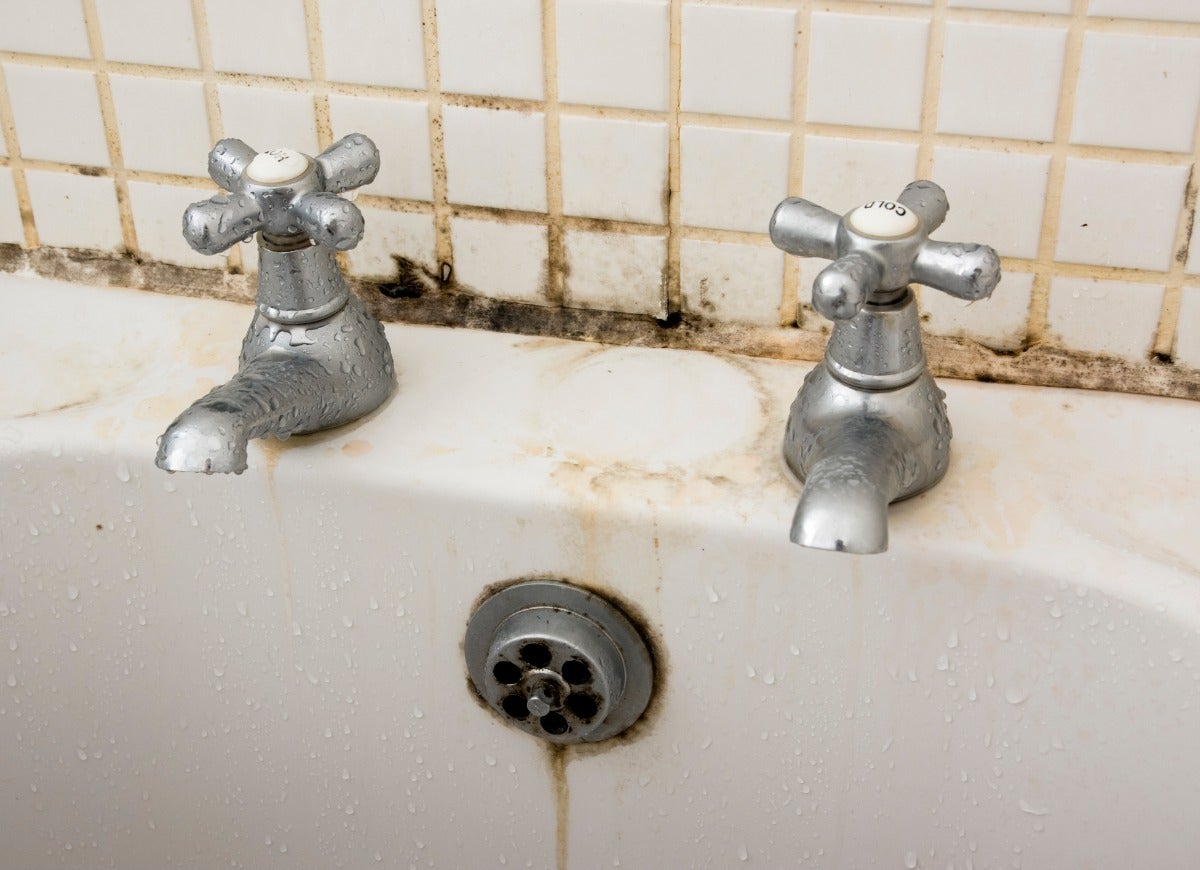
Bacteria, mold and mildew can contribute to sick building syndrome. These elements generally are found in high-humidity areas like basements and bathrooms, or places where stagnant water has collected in drain pans, ducts, or leaky ceilings. Learning how to prevent mold and mildew can help keep respiratory and other ailments caused by these irritants at bay.
It's Not Being Inspected Regularly
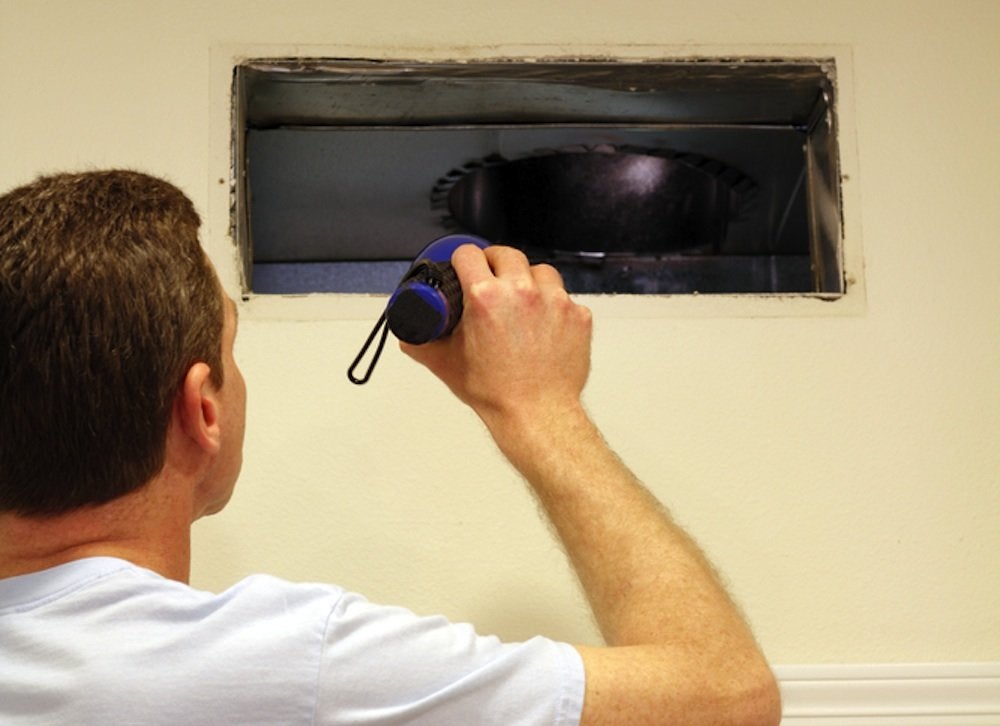
If you want to solve sick building syndrome, start by identifying and eliminating the main sources of indoor air pollution. A thorough inspection should include the heating, ventilation, and air conditioning (HVAC) system as well as the ductwork—and remember to check the attic and under floors for proper air circulation. For a pro opinion, call in a licensed home inspector.
Home Maintenance is Falling by the Wayside
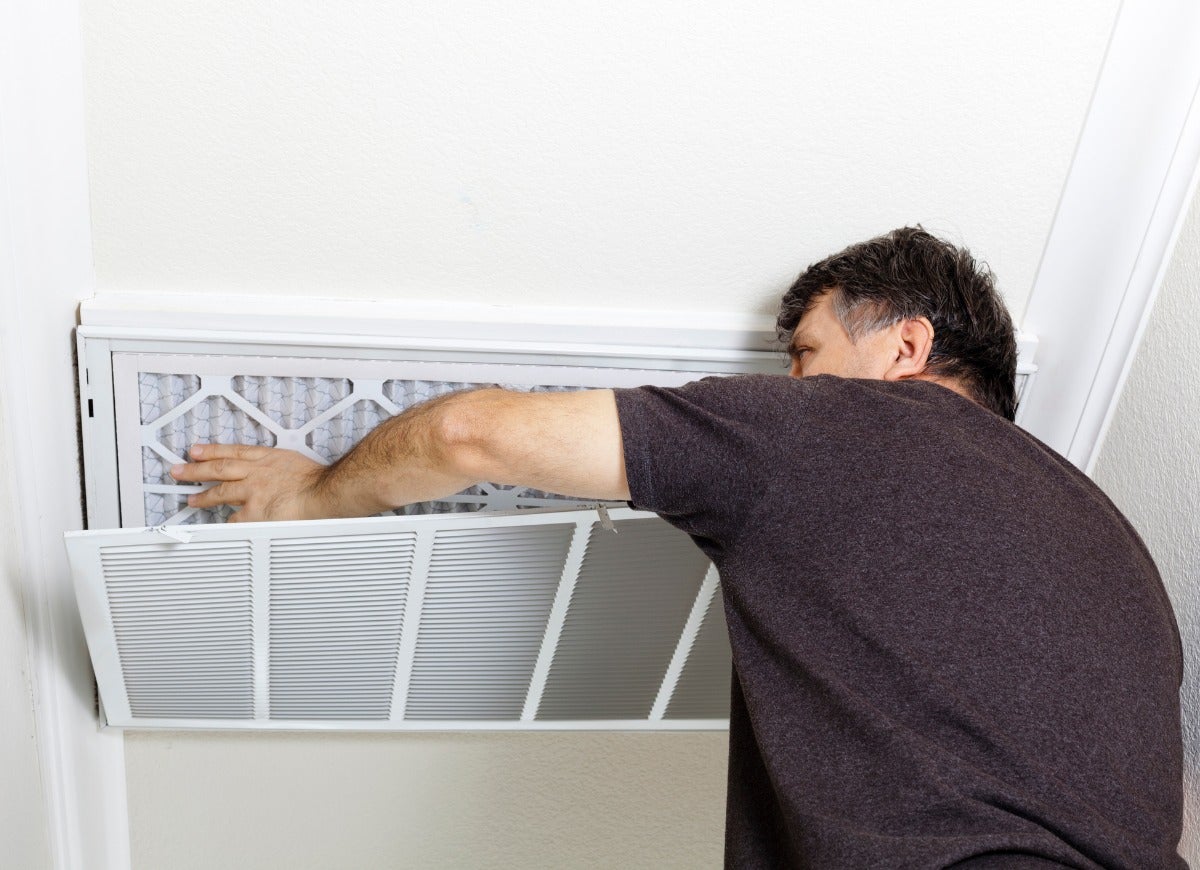
To ensure your home isn’t at risk for sick building syndrome, make sure to perform a few key maintenance musts: regularly clean and replace HVAC filters, ensure proper venting, and clean the furnace every year. Outfit high-humidity areas like the bathroom with ventilation fans, and replace water-damaged floors or ceilings. And don’t underestimate the power of plants: add air-purifying houseplants like snake plants, dragon trees, or peace lilies, which pull impurities from the air.
Radon Levels Are High
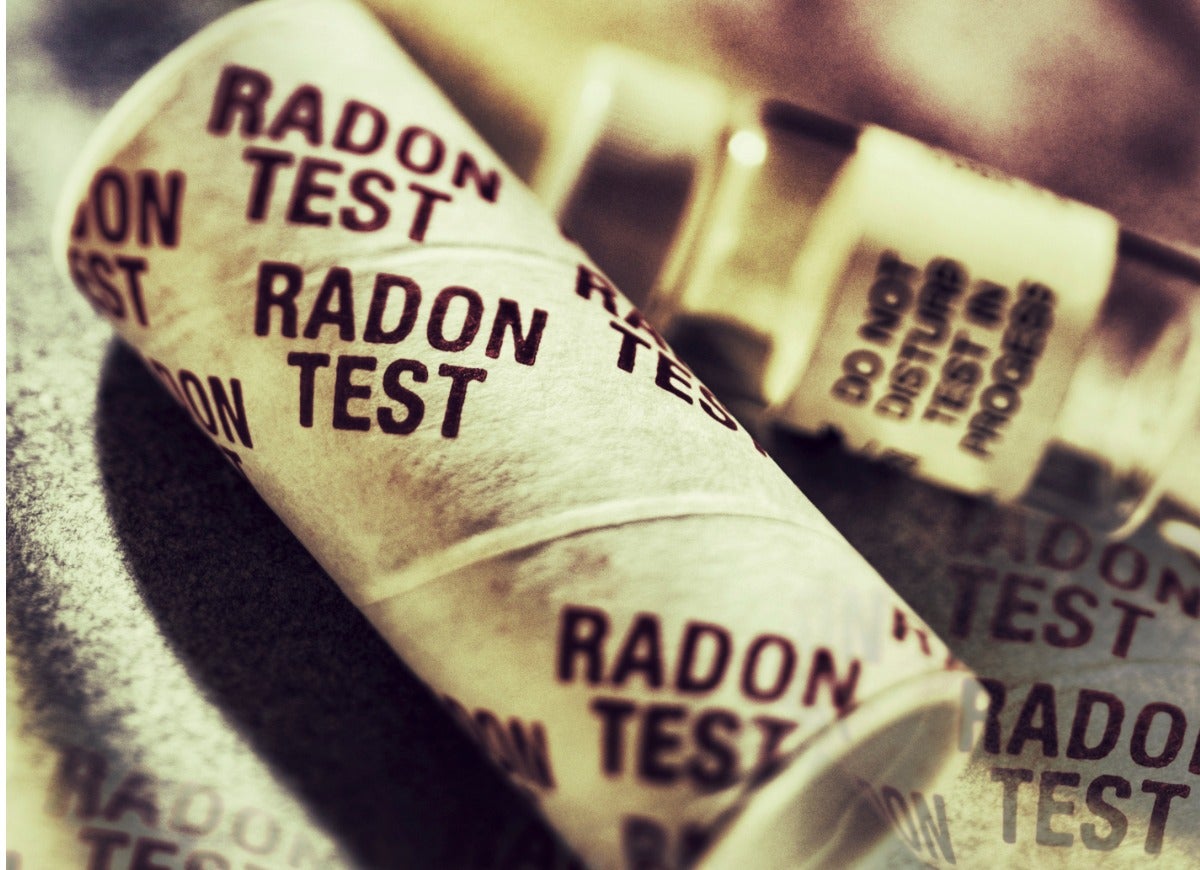
When radioactive metals break down in rocks, soil, and groundwater, radon gas is emitted. This gas can seep through the cracks and gaps in your home, bringing a host of respiratory problems that can become severe enough after prolonged exposure to cause lung cancer.
The only effective way to determine if there is radon present is to test your interior air using an at-home radon test kit, or hire a professional to do the same. It only takes a couple of minutes to set up the measuring device, and a set number of days to gather data.
If there is radon, seal any cracks with plaster, caulk, or like materials, and retest the room to make sure you’ve fixed the problem.
It Was Built with Subpar Building Materials
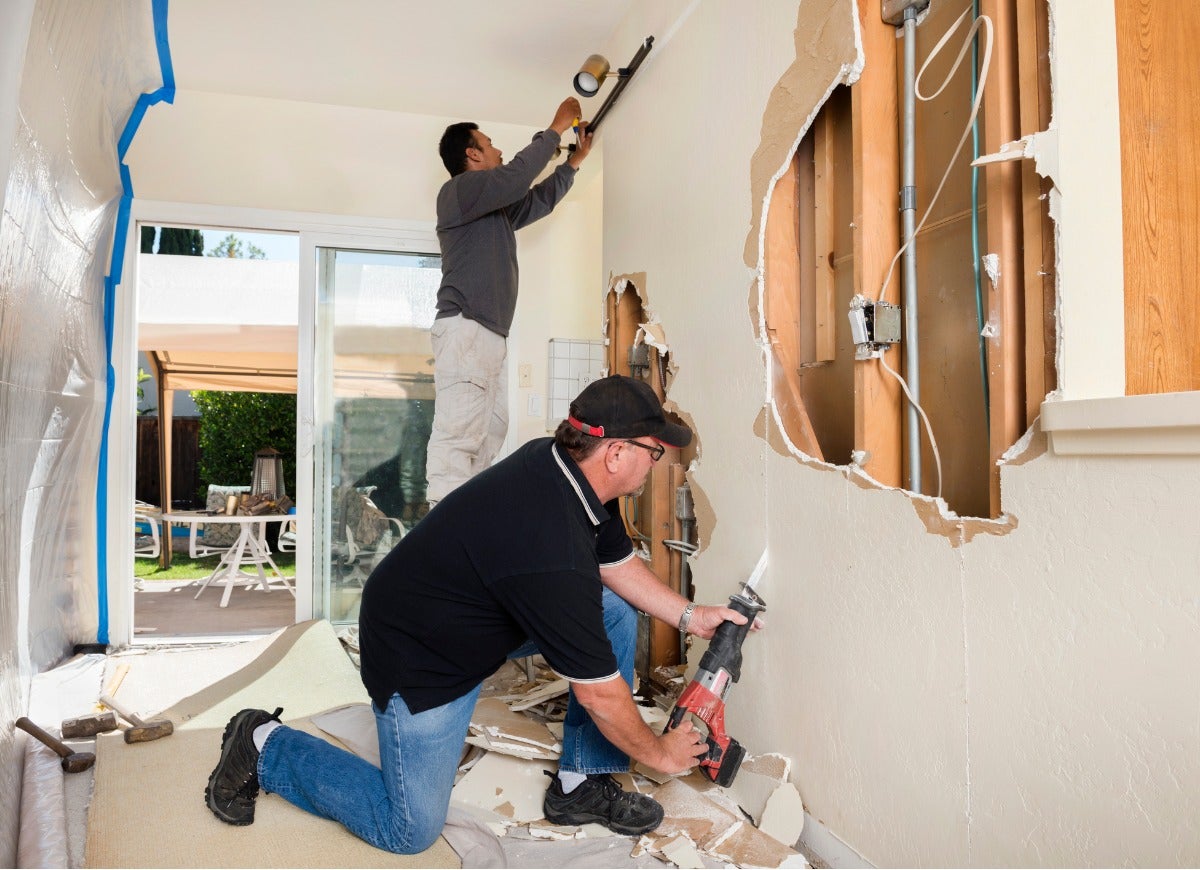
Do your homework on the materials used to build or renovate your home. Unfortunately, some contractors (and their competitively priced materials) may be too good to be true. From 2004 to 2007, for example, approximately 100,000 U.S. homes were built with toxic drywall imported from China that emitted sulfide gases, and corroded plumbing and electrical systems.
Homeowners who are considering a renovation should look for LEED-certified materials, low-VOC products, materials with no added formaldehyde, and Indoor Advantage Gold Certified Products. These indicate better air quality standards, and will offer some peace of mind.
The Chimney Is in Bad Shape
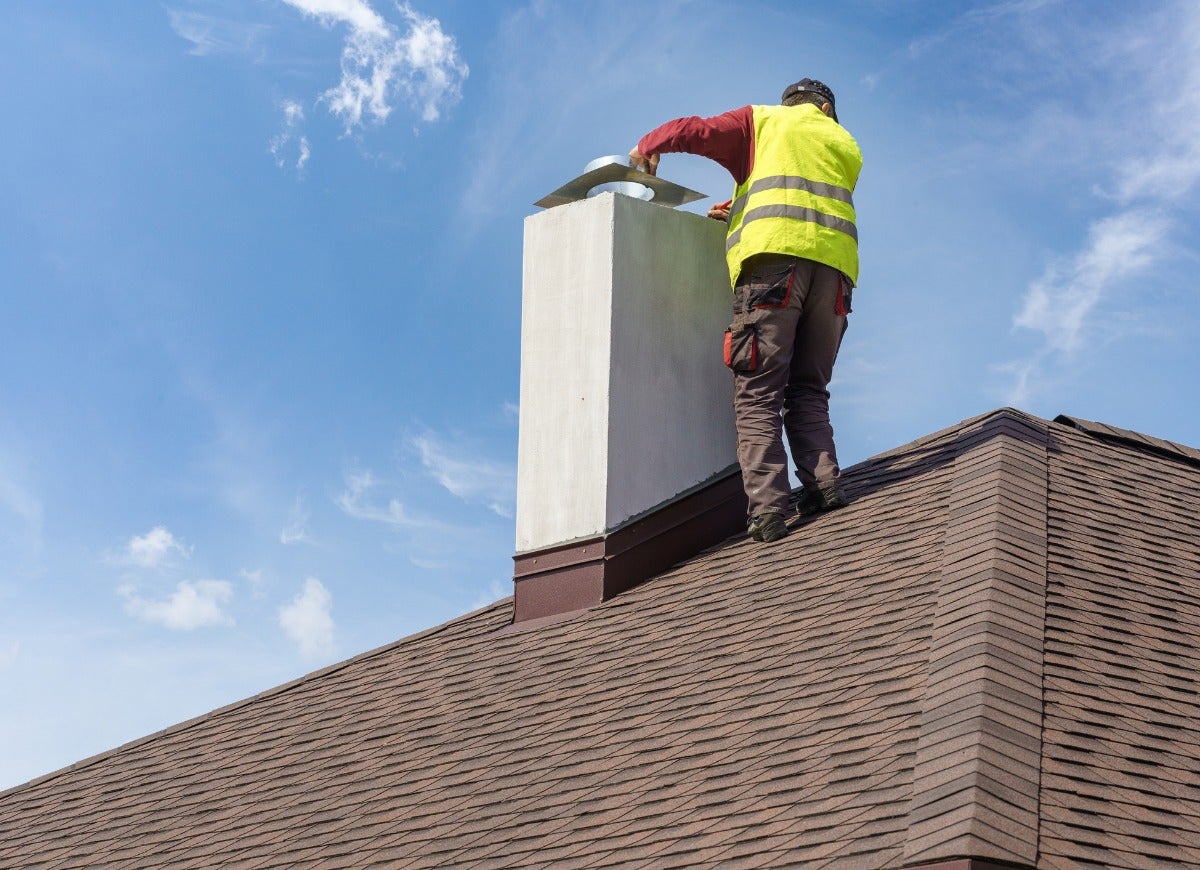
Harmful gases don’t just come from the garage. Fireplaces and other fuel-burning appliances can expose your family to carbon monoxide (CO) poisoning. Anytime wood, gas, charcoal, kerosene, or oil are burned, you are at risk. Any faulty fuel-burning appliances or enclosed spaces without proper ventilation–a blocked chimney, for instance–can release dangerous amounts of carbon monoxide.
Keep your family safe by installing a carbon monoxide detector, opening dampers before using a fireplace, and cleaning and inspecting the chimney annually.
There's Not Enough Light Inside
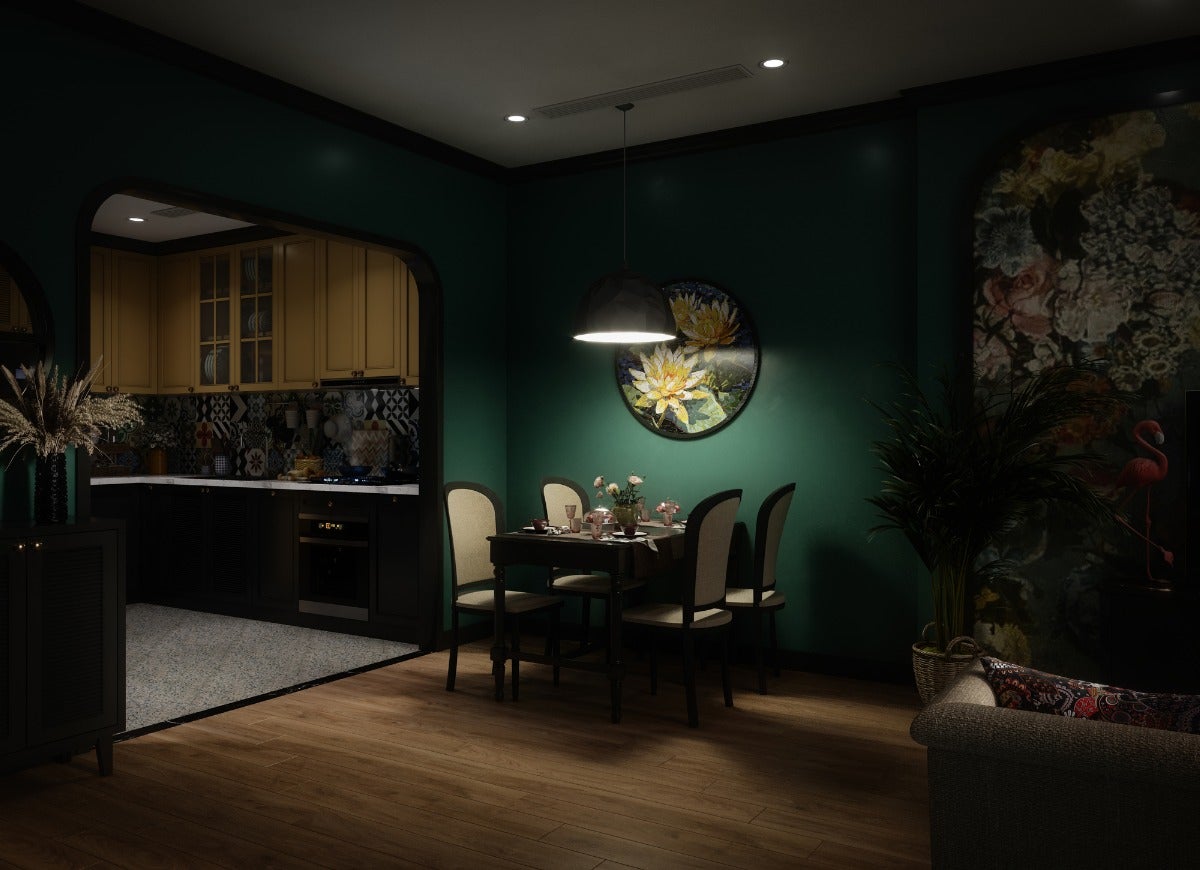
Low, glaring, or flickering lights are annoying, but they also affect your health. We need both quality indoor lighting and exposure to sunlight for overall well being. Inappropriate indoor lighting can cause eye discomfort, eye strain, and fatigue.
Lack of sunlight, such as prolonged time in a windowless room, also creates health problems. Without enough sunlight, serotonin dips, which can causes depression. What’s more, lack of sunlight prevents vitamin D production, which can lead to rickets in children or bone diseases such as osteoporosis.
If there’s not enough light, too much light, or flickering lights in your living space, change the bulbs, open the window, and create a better light balance in your home.
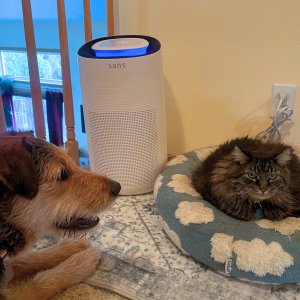
After Testing 20 Air Purifiers, We Found One That Does Something the Rest Can’t
Same functionality, different package? Not with this Sans air purifier, which offers more advanced filtration and features than most models I’ve tested—without a premium price tag.